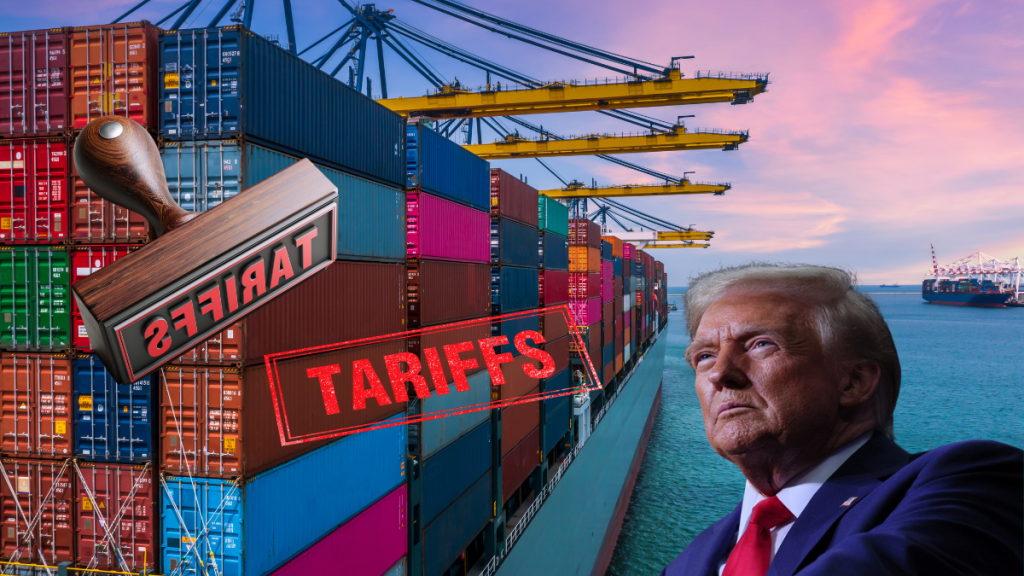India’s merchandise exports to the US are projected to contract 30% on year to $ 60.6 billion in the current financial year due to the additional 25% tariffs imposed on India by President Donald Trump, a report said.
India now faces a 25% country-specific tariff and an extra, unspecified penalty on its exports to the United States—one of the highest among Asian exporters, second only to China at 30%. This puts Indian exports at a clear disadvantage across most sectors, barring a few exemptions,” the report by Global Trade Research Initiative said.
Other competitors like Vietnam (20%), Bangladesh (18%), Indonesia, Malaysia, and the Philippines (19%), and Japan and South Korea (15%) enjoy lower rates.
Labour-intensive and high-value sectors to take the biggest hit
The new US tariff regime excludes pharmaceuticals, energy products, critical minerals, and semiconductors. But outside these, Indian goods are under pressure.
India’s garment exports will be the worst hit. Knitted and woven garments—each worth $ 2.7 billion—now face steep U.S. tariffs of 38.9% and 35.3%, much higher than the rates for Vietnam, Bangladesh, and Cambodia.
Made-up textiles like towels and bedsheets, which earn India $3 billion in exports (with nearly half going to the U.S.), now face a 34% duty. This gives a clear advantage to competitors like Pakistan and Vietnam.
India’s $2 billion shrimp exports, which make up 32% of global supply, will now face a 25% U.S. tariff wiping out their price edge over rivals like Canada and Chile, who benefit from free trade deals with the U.S.
Jewellery exports worth $10 billion—40% of India’s global jewellery trade—now face a 27.1% duty. With the sector adding just 3–4% in value, margins are thin. Mechanical gold jewellery exports to the U.S. ($3.6 billion) are likely to be hit the hardest.
India’s engineering exports—$6.7 billion in machinery and $2.6 billion in auto parts—now face over 26% U.S. tariffs, making them costlier than similar goods from Mexico (0% tariff) and Japan (15%). Petroleum exports worth $4.1 billion are still tariff-free, but India’s use of Russian crude could invite penalties.
Pharmaceuticals ($9.8 billion) and smartphones ($10.6 billion) are currently exempt, but not safe—Trump has warned of tariffs on Indian medicines and tighter rules on electronics with Chinese parts.
Policy push needed to safeguard India’s largest export market
Exporting more to other countries to make up for losses in the U.S. market won’t be easy as the global trade is shifting away from openness toward tighter controls, driven by politics, security, and climate rules, the GTRI said.
To deal with the situation the government should revive the Interest Equalisation Scheme (IES) with a ₹15,000 crore annual budget and a five-year commitment to provide subsidised credit for exporters, especially MSMEs. This would lower borrowing costs, improve competitiveness, and provide immediate relief. Fast tracking FTAs. Handholding exporters to navigate regulations and tariffs, and bringing more companies to export are other suggestions of the GTRI to deal with the decline in exports to the biggest market.
